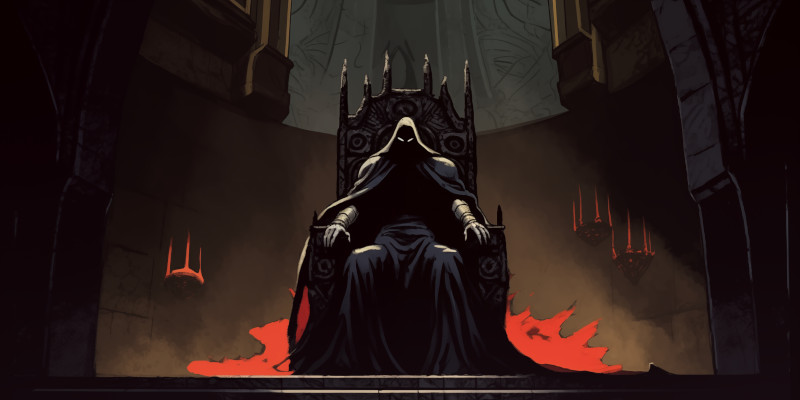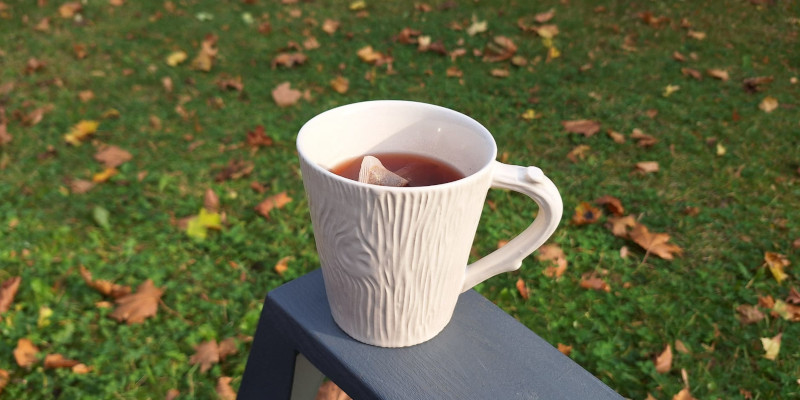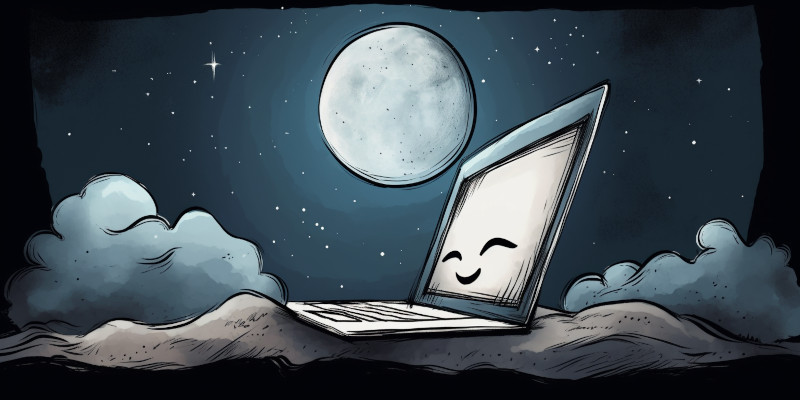I refuse to be a slave to The Algorithm

It used to be fun to post online and share things with friends. It didn't matter what you said or did, you'd get comments and likes from your friends. Now, that has all changed.
I don't remember when The Algorithm showed up. At first nobody noticed. Our feeds didn't change much. When we opened the Social Network, we'd see some big news from a friend at the top. It was helpful not to have the important things buried, so we thanked The Algorithm.
Slowly, eventually, things got confusing. We would share some things with friends, and nobody would see them. We would share other things with friends, and they would go viral. We all struggled to understand what The Algorithm was doing.
Only The Algorithm decides who will see your posts. Nobody understands the rhyme or reason of it all. Not even the people who work at the Social Network.
You must be very careful not to make The Algorithm angry. But nobody really knows what makes The Algorithm angry.
Some think it's the words we use that anger The Algorithm. People whisper in the shadows, "Do not use this word, or you will be punished." "Use this emoji instead of this word to hide the meaning from The Algorithm." "Uh oh, it seems The Algorithm has learned of the emoji, use this one instead."
Others think it may be our behaviour that can make The Algorithm happy.
"Be sure to like and comment on others' posts to boost your reach." "Log in once a day to show The Algorithm that you're a faithful servant." "If you don't enable push notifications, The Algorithm will have its revenge."
I've seen so many people become a slave to The Algorithm. They started off sharing the things they care about. They didn't get much response. Then, one random day, they shared yet another thing. Maybe it was a photo of themselves at the beach. Maybe it was a funny video they made on a whim. Maybe it was a meme they made about a politician. Suddenly, The Algorithm smiled at them and showered them with more attention than they had ever experienced in their entire lives.
The next day, still glowing from their newly found fame, they shared again. The Algorithm ignored them. They stared at their notifications, but nothing came. Nobody saw what they posted.
"What does The Algorithm want from me?" they wondered. They tried sharing something else, something very similar to what had succeeded. Maybe it was another photo of themselves in a swimsuit. Or another funny video. Or they made another meme. The Algorithm nodded at them and they got some more attention, but nothing close to what they had experienced before. They hungered for more, but didn't know how to get what they desired. They were trying to win a game, but had no idea what the rules were.
Soon, they were posting the same thing every day. Swimsuit photos. Funny videos. Political memes. Whatever it was The Algorithm had liked at first, they tried again and again to recreate it. But it was never as successful as that first time.
See, The Algorithm is doing more than shaping your feed. The Algorithm is shaping you, and everyone on the Social Network. The Algorithm rewards and punishes us at random, leaving us to guess what the secret factors are. The Algorithm encourages us to self-censor, or to create content we don't care about. We just want to be heard. We just want to share and connect with friends. The Algorithm knows this and knows how far we're willing to go to get what we desire.
Well, I refuse to be a slave to The Algorithm. I'm not going to try to guess what The Algorithm wants. I'm not going to play its games.
I'm going to spend my time in places without a gatekeeper. I'll be writing on my own blog. I'll be scrolling through my RSS reader to read others' blog posts. I'll be listening to podcasts in my podcast player. I'll be reading books and listening to audio books. I'll be reading and posting and liking and boosting on Mastodon. I invite you to join me.


